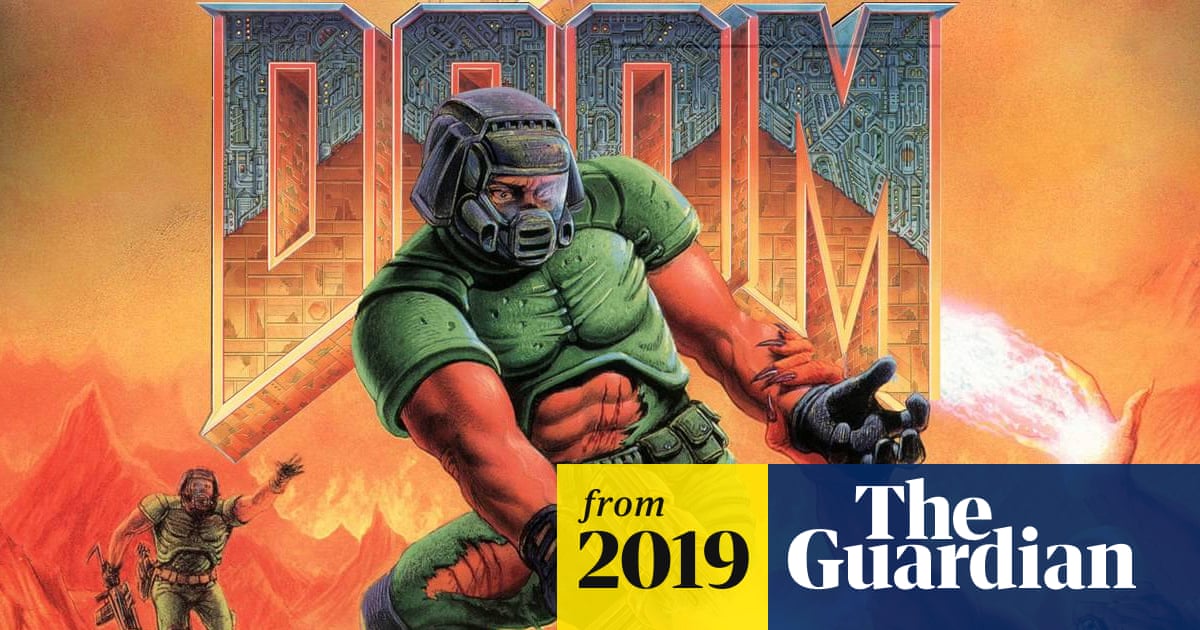Kazza
Member
"Give us more guns!" is a common battle-cry among players of first-person shooters, the videogame industry's bloodiest genre. Doom co-creator John Romero has a rather different opinion.
"I would rather have fewer things with more meaning, than a million things you don't identify with," he says, sitting in a Berlin bar mocked up to resemble a 1920s Chicago speakeasy. "I would rather spend more time with a gun and make sure the gun's design is really deep – that there's a lot of cool stuff you learn about it."
Modern shooters are too close to fantasy role-playing games in how they shower you with new weapons from battle to battle, Romero suggests. This abundance of loot – which reflects how blockbuster games generally have become Netflix-style services, defined by an unrelenting roll-out of "content" – means you spend as much time comparing guns in menus as savouring their capabilities. It encourages you to think of each gun as essentially disposable, like an obsolete make of smartphone. "The more weapons you throw in there, the more you're playing an inventory game."
Romero contrasts this to the sparing design of the original Doom, which launched in 1993 with a grand total of eight guns. "For Doom, it was really important that every time you got a new weapon, it never made any previous weapons useless. That was a critical design characteristic. We're going to add a new thing that can't negate anything that came before. So how do you get the chaingun and not cancel out the pistol? It's to do with how much ammo it eats, and how inaccurate it is over distance – the pistol eats less ammo and is extremely accurate at a distance."
Today's shooters set less store by secret spaces, Romero says, because they cost so much to make. Where Wolfenstein 3D was created by a dozen people in a matter of months, the likes of this year's Call of Duty: Modern Warfare is the work of hundreds, and cost tens of millions of dollars. This expense discourages designers from adding anything that isn't absolutely essential.
Romero noticed this trend while designing 1996's Quake, which featured more elaborate, polygon-based environments than Doom with richer, naturalistic lighting. "Doom was easy to make secret rooms for. You just drew a few lines and put a door there. It's not even a minute. With Quake, it was a lot more work, because in Quake, every single room was made up of six planes – you have to put the floor in, the back wall, the ceiling. You have to add the light in and make sure it's the right brightness, that it hits each corner of the room. It took a lot more work to build Quake levels, and it's got worse from there. And because it takes so much longer, people just don't want to do secret areas, because how many people are going to see them?"
For Romero, Sigil demonstrates that the shooters of the 90s aren't just worth returning to, but worth building on – an idea borne out by recent, retro-themed shooters like DUSK and Amid Evil, which offer up their own, devilish twists on Doom and Quake. "Stuff that could have been done 25 years ago but was never thought of, I did with Sigil. And it's like, yeah, this is cool. It'd be cool if more shooters had this."

Doom creator John Romero on what's wrong with modern shooter games
The id Software founder talks about secret rooms, the value of guns and what the controversial genre has lost since the 1990s




